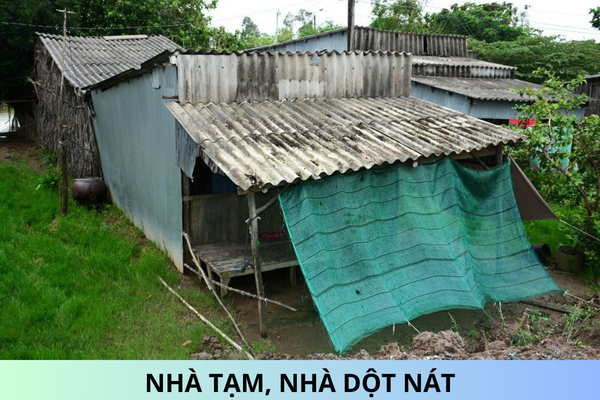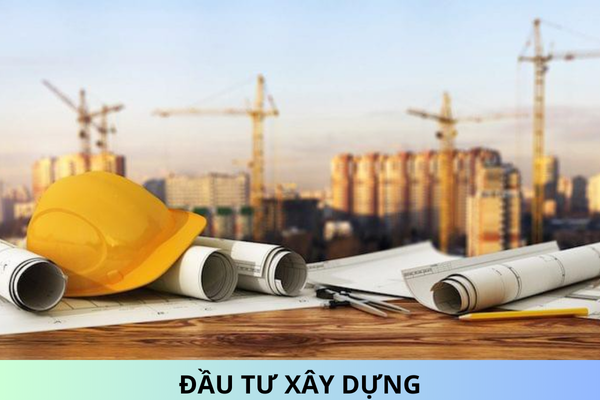What are standards for electrical inspection and maintenance in ensuring safety at construction sites in Vietnam?
What are standards for electrical inspection and maintenance in ensuring safety at construction sites in Vietnam? What are standards for means of transport used for transport of explosives in ensuring safety at construction sites in Vietnam?
What are standards for electrical inspection and maintenance in ensuring safety at construction sites in Vietnam?
Pursuant to Subsection 2.16.2 Section 2 of the National technical regulation on safety in construction QCVN 18:2021/BXD promulgated together with Circular 16/2021/TT-BXD stipulating standards for electrical inspection and maintenance in ensuring safety at construction sites in Vietnam as follows:
2.16.2.1 Before use, electrical equipment and electrical systems must be inspected, tested or inspected according to the provisions of 2.16.1.2 and 2.16.3.1 to ensure they are fit for purpose and safe for use.
2.16.2.2 Before each working shift, users and operators of electrical equipment must carefully check the condition of the equipment's appearance and electrical conductors; Pay special attention to electrical conductors during regular use that are bent, folded or subjected to other physical impacts, and only use and operate electrical equipment when in low voltage conditions.
2.16.2.3 Employees must always ensure the electrical safety distance as prescribed; Do not perform work on or near parts that are not isolated (or covered) by insulating material of electrical equipment in operation. Employers must arrange qualified and experienced people to carry out inspection and supervision of road safety and rescue when necessary.
NOTE: See also regulation at 2.16.2.8.
2.16.2.4 Before carrying out any work involving electrical conductors, electrical equipment which is not required to be kept in a live state at all times, the following provisions shall be observed:
a) The electrical safety manager must disconnect the power and check to make sure that there is no electricity in the wires and equipment after the power is disconnected;
b) Precautions must be taken (warning signs, temporary barriers, supervised) to prevent unintentional energizing or device starting;
c) Electrical conductors and electrical equipment must be grounded, have a warning sign "Grounded" and handle short circuits;
d) Live parts or electrical equipment operating in the vicinity must be suitably protected (by warning signs, temporary barriers, supervised) to avoid accidental contact.
2.16.2.5 After completing the work related to electrical conductors and electrical equipment, the re-energizing must follow the order of the electrical safety manager after having checked and confirmed that the short circuit has been handled, grounding system and safe working place.
2.16.2.6 Persons directly installing, maintaining and dismantling electrical equipment and electrical systems must be fully equipped with tools and electrical safety equipment (e.g. rubber gloves, shields or mats and other means of protection) according to the provisions of 2.19 and the safety regulations of the electricity industry.
2.16.2.7 Electrical conductors and electrical equipment must always be considered to be live; unless they've double-checked to make sure they're not powered.
2.16.2.8 Where it is imperative to carry out work in the area near live parts such as conductors and electrical equipment that are not isolated (or covered) by insulating materials, they must be disconnected. electricity. In case the power cannot be cut off due to operational requirements, the isolation for non-isolated parts and parts must be directly performed by the electrical safety manager of the contractor (or power supply unit) and must be Place warning signs and instructions on safe distances.
What are standards for means of transport used for transport of explosives in ensuring safety at construction sites in Vietnam?
Pursuant to Subsection 2.17.2.4 Section 2 of the National technical regulation on safety in construction QCVN 18:2021/BXD promulgated together with Circular 16/2021/TT-BXD stipulating standards for means of transport used for transport of explosives in ensuring safety at construction sites in Vietnam as follows:
2.17.2.4 Vehicles used to transport explosives must:
a) Must be in good working condition and permitted to operate only on command;
b) Must have a solid wooden floor or a metal floor that does not emit light;
c) Must have suitable construction to prevent explosives from falling out;
d) Must have at least 02 (two) suitable fire extinguishers;
dd) Must be clearly marked with a red flag or color in accordance with regulations; have letters or other suitable means of identifying them as being used to transport explosives.
2.17.2.5 Explosives and detonators must be transported separately in their original specialized containers or in special sealed metal containers that do not emit light.
2.17.2.6 It is not allowed to transport different types of explosives in the same container.
2.17.2.7 Containers must be marked (or labeled) to accurately identify the type of explosives contained within.
Best regards!











